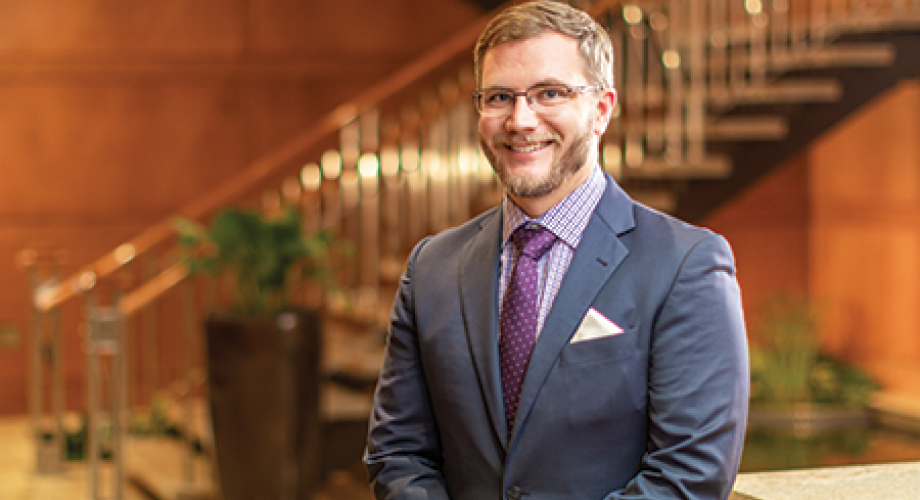The job is demanding, but offers fulfilling—and lucrative—rewards.
Abby Bixler always wanted to get a new-construction lease-up under her belt. 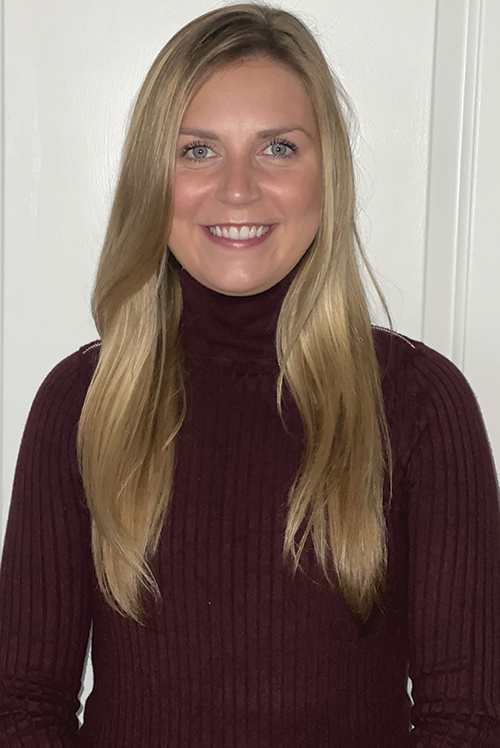
So when she saw an opportunity in Chicago working for Bozzuto Management Co., which manages 76,000 apartment homes nationally, she jumped at the opportunity.
“I think it was appealing to the owners that I had already worked at a building in Streeterville,” says Bixler, who’s now a lease-up associate at 465 North Park, a 444-apartment high rise with breathtaking Lake Michigan and city views. “I think that really helped me.”
Having previously worked as a leasing consultant at stabilized properties handling the blocking and tackling of property management by tracking lease expirations and servicing residents’ needs, she knew doing a lease-up where agents are tasked with filling an entire, empty building all at once would be anything but routine.
“Before the building was even done, we were pre-leasing out of the hotel next door,” says Bixler. “We’d meet interested prospects in the lobby, and show them our flooring, cabinet and counter samples for the interiorfinishes. It helped that they could at least see the building going up on the outside while we were showing them the actual product that was being built.”
Those efforts also included social media, parties and local events to create an interest list of potential residents early on; when her building opened, she had a group of at least 50 highly qualified applicants to convert into leases.
Learning Lease-Up
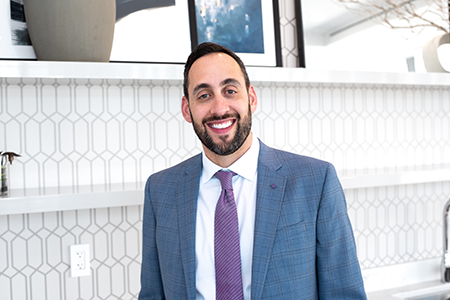 Bixler says gaining lease-up expertise was one of her goals in helping to build her broader real estate career. “I’ve always been told it looks really good to have that lease-up experience on your résumé, because it shows you saw a project through from start to finish,” Bixler says.
Bixler says gaining lease-up expertise was one of her goals in helping to build her broader real estate career. “I’ve always been told it looks really good to have that lease-up experience on your résumé, because it shows you saw a project through from start to finish,” Bixler says.
With the first residents having arrived in August 2018, 465 North Park is on track to meet its full lease-up pro forma numbers. Bixler speaks with pride about contributing to those goals. “It’s a very rewarding feeling to hit your numbers,” she says. “Plus, after someone has looked at a million apartments, you get to help them say they’ve finally found their home.”
Bixler’s dive into the world of lease-ups illustrates the challenges and rewards of one of multifamily’s most in demand — and demanding — positions: Lease-up specialists. Armed with just a set of renderings and — if they’re lucky — actual model photos or a collection of samples like Bixler’s, these are the front-line pros who move space that hasn’t been built yet, or, in the case of rehab relaunches, is in the midst of renovation. In many ways, that means these professionals are tasked with nothing less than selling a vision, and the task of persuading potential residents to be among the first to sign-up for a brand-new, or newly renovated, apartment.
“It takes a strong salesperson to get the brand out there, somebody who wants to do quirky things like wear a hardhat and tool belt to make it fun for prospective clients, but who can also polish up for a corporate outreach event to get your name out there,” says Tammy Shields, who started her career running lease-ups and is now Vice President of Operations at Audubon, which manages 6,000 apartment homes,
Aaron Galvin, CEO of Luxury Living Chicago, a brokerage and sales organization that’s completed 35 lease-ups for ground-up developers, strives to put his top performers on those jobs.
“These are going to be your most skilled and best salespeople, because you’re really just selling the dream,” Galvin says. “You’ve got to be able to thrive under pressure all the way through, but never more so than in the beginning stages.”
Selling Starts Before It’s Built
Pros say one of the keys to a successful lease-up is starting early — as Bixler did in Chicago — to begin filling apartments months before they’ve been built, and even coordinating with construction or rehab crews to get the clearest possible idea of when they will be delivered, down to which ones will come first.
“We have a very good relationship between our onsite and construction teams here,” says Bree Scaccia, a lease-up specialist and new-development property manager at Wellington, Fla.,-based Bain-
bridge Companies, a developer and owner-manager of 17,178 current apartments, with 3,274 apartments in developmentand another 4,261 in the pipeline across the Southeast. “We stay heavily involved with our superintendents of construction, so we have good time frames on when these buildings are going to be turned over to us.”
Scaccia recently leased-up Bainbridge at Westshore Marina, a 351-apartment, cluster-style property on Tampa’s Interbay Peninsula that’s part of the larger Westshore Marina District master plan community. With an original goal of snaring 22 leases per month at the community, Scaccia says her group actually accelerated to 40 leases every 30 days. “That’s unheard of,” she says. “I have a very strong team here that works extremely hard.”
Planning From the Ground Up 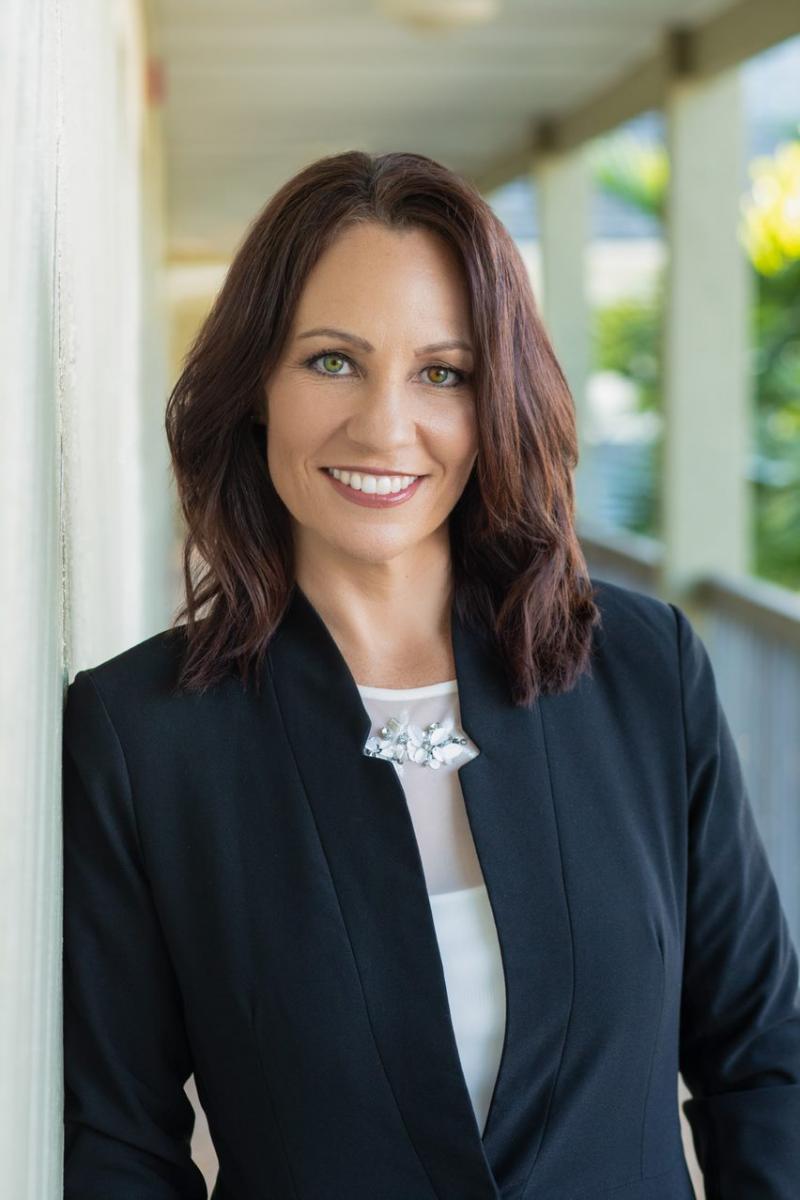
David Maundrell, Executive Vice President of New Developments at real estate brokerage Corcoran Group, likes to get started even earlier than that. As a new development marketing specialist, Maundrell and his team get involved as early as the site-selection stage to help developer clients map out a strategic plan to fill their apartments on day one.
“We’ll talk about the general neighborhood and rent range to help them zero-in on a piece of property,” Maundrell says. “Then we’ll craft a pre-development manual to outline the unit mix, the size of the bedrooms, and how many studios, one-, two- and three-bedrooms we’d want to see at the property. We’ll even go into the types of kitchens, finishes and amenities that will be a good fit, based on the demographic of the consumer we’re catering to.”
Having the marketing team involved in the development stage can give an extra boost to a new development lease-up by tailoring a new build to marketplace demand, at the exact moment the demand is there, while bolstering the interest list of the most qualified applicants.
“It’s really important to start that list at least six months before you open your doors,” says Dana Cauldell, President, Property Management, at the Bainbridge Companies. “It lets you collect data to know what units you need. Then you can go to the construction team and say, we’ve got 50 people interested in three- bedrooms; is there any way we can have those done first.”
The Stakes at Play
Why does all of this matter? Because of a key phase of lease-ups that takes a special kind of person to do well: Getting numerous rental deposits before the building has been completed.
“The biggest challenge to understand with a lease-up is that until you sign that first resident, everyone involved, from developers to investors to equity partners, has been doing nothing but spending money,” says Galvin. “When the lease-up begins, it’s the first opportunity those developers and investors have to actually earn revenue. But that brings with it added pressure for the lease-up specialists themselves.”
Galvin draws the analogy of an airplane taking off with an empty seat: Once the boarding gate door closes, there’s no way for an airline to recoup that fare. The same holds true for a new apartment building.
“Every day that an apartment receives a certificate of occupancy and there’s not somebody in there, that revenue is lost,” Galvin says. “The more people you can have in those apartments when the building is delivered, the better.”
Understanding the significance of filling those apartment homes quickly is also part of the lease-up equation. For example, most lenders require at least 50 percent occupancy to transition from a construction loan to permanent financing, while merchant builders need to have a property stabilized before they can transact.
“Getting revenue coming in allows the investor or developer to get that much closer to securing long-term debt, or being transactional,” Galvin says. “They can actually trade on the property that much sooner.”
That point is only too clear for lease-up specialists on the front line: “You’re there to start making money for your owners,” Bixler says.
High Pressure, High Rewards
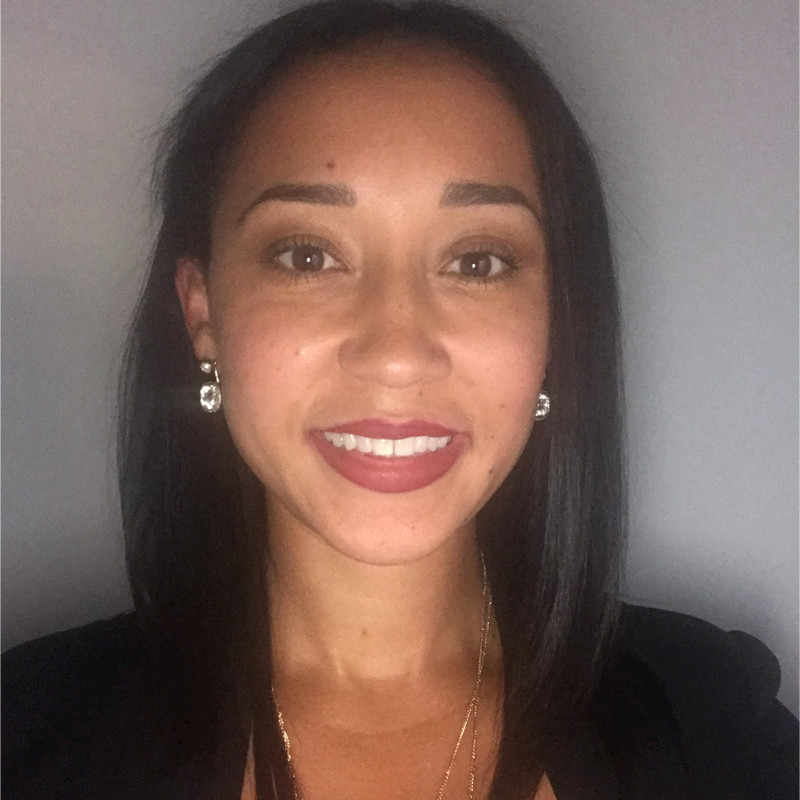 The job can involve a high-pressure sales environment, where lease-up specialists live by hitting their pro forma numbers. But it can also be quite lucrative.
The job can involve a high-pressure sales environment, where lease-up specialists live by hitting their pro forma numbers. But it can also be quite lucrative.
“There’s a lot of money to be made in new construction,” says Scaccia. “You’re paid on a higher scale than someone who’s just working at a stabilized property.”
That differential can be 25 percent or higher, with a base salary of $50,000 to $85,000 per year, depending on experience, property type and market, with commissions between $50 to $200 or more per lease. Depending on what a building’s monthly lease-up goals are, certain milestones can trigger additional bonuses.
“I’ve been on tiers before where your first five leases would be $50, then the second five would be $75, and go up from there to $150 or $200 per lease,” says Audubon Corporate Marketing Director Kelly Youngblood, who’s completed at least 10 lease-ups in her career. “I once even got a free TV.”
And because lease-ups have more vacant apartments to lease than stabilized properties, there’s more opportunity for lease-up specialists to drive their individual numbers even higher. Lease-up specialists can literally write their own tickets once a property gains velocity.
“More leases equals more money,” says Galvin. “Let’s take a 300-unit building, for example. In a stabilized property, you’re going to see 100 units turn a year, maybe 150. But on a lease-up on that same building, you’ve got 300 leases. So right there you have double the amount of income potential from commissions.”
The Price You Pay to Get Paid 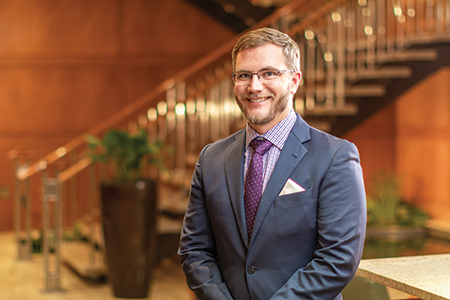
But lease-up specialists also have to earn that greenfield opportunity, and may have to make sacrifices on other fronts. For example, because they’re always working on new or relaunched properties, being a lease-up specialist can require frequent relocating, or, at the very least, extensive travel.
“I’ve worked all over, from Texas
to the East Coast,” says Youngblood. “That’s really how I got my start.”
Indeed, for many lease-up specialists, being highly mobile is just part of the job description. “This isn’t a static role; you have to move around a lot,” says Robert Heidel, Regional Operations Manager at GMH Capital Partners, which counts 190 multifamily properties and 80,000 student beds in its portfolio. “Most of them, you’re not really in one place much longer than a year. You could be somewhere as short as five or six months.”
With each new market, of course, lease-up specialists need to learn their specific comps and locales all over again, with boots-on-the-ground specificity, in order to do their jobs well. “You’ve got to take the bull by the horns, go in and travel that 5-mile radius where your new property is going to be located,” says Bainbridge’s Scaccia. “Learn the area, learn where the great restaurants are, go shopping and learn your comps and their cultures.”
Other lease-up specialists may commute, or move to a specific market for a preset time frame. For example, at Audubon, Shields says she recently made a deal with one of her lease-up specialists, Maggie Rosales, to move from the Atlanta area to Baton Rouge for a year to start leasing-up the Reserve at White Oak, a 600-apartment community.
“She said, ‘I am willing to go to Baton Rouge and get this lease-up off the ground for 12 months, and I will give you 300 occupied units in that time.’ So that’s the personality you need, where you’ve got somebody who’s going to say, ‘Here’s my goal and I’m going to figure out how to get there.’ And she did. She got it to just over that 300-unit mark in August, and then transferred back to Atlanta.”
Avoiding Lease-Up Burnout 
Because this kind of travel schedule can take its toll on work-life balance, Heidel says he’s constantly checking-in with his team members to ensure they’re not getting burned out.
“It sucks when your spouse or kids are at home, and they’re sick and you’re out in California,” says Heidel. “All you can do is FaceTime with them and do the best you can. But I think it’s really crucial, as a team leader, to keep tabs on these folks and make sure they’re still physically, mentally and spiritually engaged with that assignment.”
On the other hand, for individuals who want to travel and get to know different markets across the country, the city-hopping aspect of being a lease-up specialist may be what attracts them to the position in the first place.
“I think that people who thrive in a lease-up environment are more than happy to try out new cities, and certainly different submarkets within a city,” says Galvin. “It’s very likely that you could work anywhere between two or three lease-ups in an 18-month or two-year period.”
Adrenaline Rush: Part of the Job Description
Tameka Richardson is a property manager and lease-up specialist for Riaz Capital, which owns and manages 1,200 apartment homes. That portfolio includes the Rose on Bond, a fully renovated, 60-apartment Spanish Colonial church the firm turned into apartments that Richardson had to lease-up.
“One thing I absolutely love is that we’re building and revitalizing communities,” Richardson says. “But I’m also super-competitive. I’m one of those people where if someone wanted to do a tour at 10 o’clock at night, I would be the one coming in at 10 p.m. to close the deal.”
Galvin says good agents understand they need to work when the prospective residents are there. “At a stabilized property, you probably get at least one weekend day off,” Galvin says. “In a lease-up, you don’t get weekends off. That’s where the action is.”
Zach Anderson, a Regional Manager and lease-up specialist at Blue Peak Realty, says maintaining work-life balance is a challenge with lease-ups. “The first half of 2019, I was putting 1,000 miles a week on my vehicle,” Anderson says. “This job isn’t for everyone. It requires you to be on call practically seven days a week. But that’s also a blessing.”
While Richardson says she’s being more mindful on her current lease-up to take more “me time,” Maxim Reschulsky, Riaz’s Chief Portfolio Officer and Richardson’s supervisor, says his focus has been to give her the tools she needs in terms of technology and automation so she can devote her energy to prospective residents, and not have to do as much administrative work on the back-end.
“I want Tamika’s time to be value add,” Reschulsky says. “There are only so many hours in a day, so I want to give her the tools that help her focus on what really matters.”
The Start-Ups of the Apartment World
 Indeed, giving lease-up specialists the tools they need is paramount for success, especially during pre-leasing. For Galvin, that means staging a model as soon as possible during construction—even before getting a certificate of occupancy— so agents can use actual photos, while supplying virtual tools to help prospective residents “see” their new homes.
Indeed, giving lease-up specialists the tools they need is paramount for success, especially during pre-leasing. For Galvin, that means staging a model as soon as possible during construction—even before getting a certificate of occupancy— so agents can use actual photos, while supplying virtual tools to help prospective residents “see” their new homes.
“The more tools you can provide a leasing agent during a lease-up, the more successful they’re going to be,” Galvin says. “Real photography and an investment in renderings, 3D and virtual tours are a must. You need to understand that to sell the dream, [agents] need to have those resources.”
From that perspective, in many ways, leasing-up new or relaunched buildings from scratch is the apartment industry’s equivalent of working at a start-up company, where you’re literally figuring out how your business will make money— and where your customers will come from—each day.
“You have to be really good at organized chaos,” says Heidel. “Since you’re new to the market, you don’t know what to expect, so that alone is going to create some chaos. You can look at historical trends and metrics, but you won’t really know until you’re up and running with that property, in that market.”
Lease-Up Experience and Career Mapping
While the job can have its pressures and requires adherents to solve problems as they go, it also can open doors to other opportunities within the industry, perhaps because of those demands.
“When I’m hiring, I love seeing someone with lease-up experience, because it tells me right off the bat that person is a go-getter,” Audubon’s Youngblood says. “More than likely, they worked their tail off getting that place leased-up.”
For Phillip Boatwright, Executive Vicepossible during construction—even before getting a certificate of occupancy— so agents can use actual photos, while supplying virtual tools to help prospective residents “see” their new homes.
“The more tools you can provide a leasing agent during a lease-up, the more successful they’re going to be,” Galvin says. “Real photography and an investment in renderings, 3D and virtual tours are a must. You need to understand that to sell the dream, [agents] need to have those resources.”
From that perspective, in many ways, leasing-up new or relaunched buildings from scratch is the apartment industry’s equivalent of working at a start-up company, where you’re literally figuring out how your business will make money— and where your customers will come from—each day.
“You have to be really good at organized chaos,” says Heidel. “Since you’re new to the market, you don’t know what to expect, so that alone is going to create some chaos. You can look at historical trends and metrics, but you won’t really know until you’re up and running with that property, in that market.”
Lease-Up Experience and Career Mapping
While the job can have its pressures and requires adherents to solve problems as they go, it also can open doors to other opportunities within the industry, perhaps because of those demands.
“When I’m hiring, I love seeing someone with lease-up experience, because it tells me right off the bat that person is a go-getter,” Audubon’s Youngblood says. “More than likely, they worked their tail off getting that place leased-up.”
President of Property Management for NRP Group, which manages 20,000 apartment homes, a candidate with a lease-up background stands out, no matter what kind of position he or she is trying to fill. “Honestly, it tells me they have some grit,” Boatwright says. “They’ve had to deal with a lot of things out of the blue and come up with solutions to those issues on the fly. It tells me they’re a seasoned professional.”
Apartment industry veterans say having a lease-up background can literally open doors for real estate pros looking to take their careers to the next level.
Take Caudell, for example, at Bainbridge, which ranks on both of the National Multifamily Housing Council’s Top 25 Developers and Top 25 Builders lists. “I started in the industry 25 years ago as a lease-up specialist,” she says. “I’ve been very fortunate.”
Other career paths leasing specialist experience can lead to include community and regional manager roles, as well as serving as a “train the trainer” mentor for other lease-up teams.
“One of the most valuable assets is when they can train other teams on how to go into a market and fill however many units are needed,” says Heidel. “So a lot of times these folks can transition into that training role.”
They can also, of course, transition into more of an operational role on the properties they helped lease-up as a community manager. “It helps keeping the folks who leased it up onsite, if you can, because that’s who the residents know,” Caudell says.
“When you’re in leasing, and you’re a superstar, typically the next jump is to go to a property management, non-selling role,” says Galvin. “But we don’t do property management; we just focus
on selling. So you can continue to move up, maybe to a portfolio leasing or regional leasing role, and then
train others on how to execute lease-ups, too.”
Answering to the Lease-Up Jones 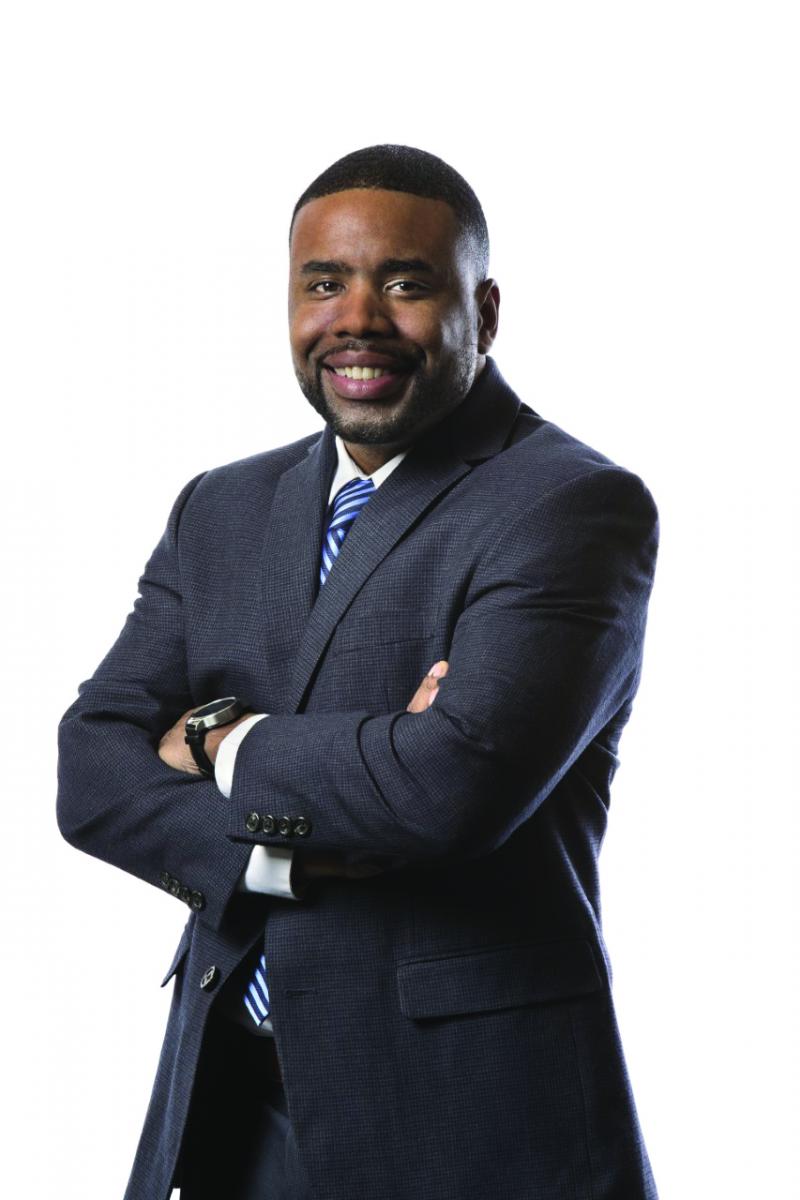
In fact, for those who have sales in their blood, the thought of transitioning from a lease-up position to more of an operational role can be anathema. “I have a couple lease-up specialists who if I told them I had a general manager position for them, they would laugh and then run the other way,” Heidel says. “That’s not a track they want to be on. They don’t want to do invoicing or manage staff over the long term.”
That type of person may indeed be better suited to a permanent sales position. For those who prefer that route, industry insiders say the sky’s the limit, with the next new building or relaunched renovation almost always right around the corner.
Back at 465 North Park, with the building nearing its full occupancy, Bixler will eventually need to decide on the next step in her career, whether onsite or at another lease-up. The good news is, with projections for the apartment industry to keep expanding in 2020 and beyond, and lease-up experience now solidly on her résumé, the apartment world really is her oyster.
“I love the sales aspect of it,”
Bixler says. “Especially the commission potential.”
Joe Bousquin is a freelance writer.
